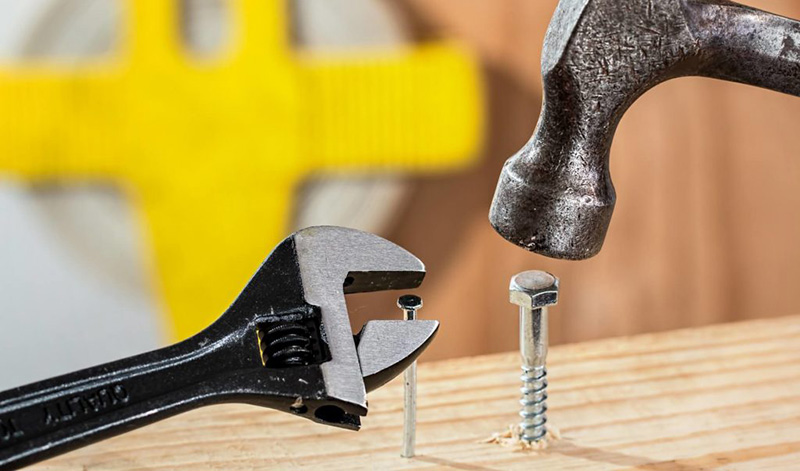When to use Posts and Pages in ClassicPress

Should it be a post? Should it be a page? If you’ve ever been unsure about the purpose of posts and pages, or when to use one or the other, this quick read will make you an expert!
Understanding the differences between posts and pages in ClassicPress will help you to organize and present your content in a logical, expected way. Doing it backward can leave you stuck with a handful of rework, so, let’s make sure you hit the ground running…and stay running. Let’s get it!
The Purpose of Pages in ClassicPress
In ClassicPress, pages are used to present content that rarely changes. Pages are for content that is readily accessible, no matter where a visitor happens to be on your site. Pages represent content that is intended to last a long time and will often show the last updated date. The links that make up the header and/or footer menus on a website will usually lead to pages.
Examples of Pages
- About Us
- Privacy Policy
- Refunds Policy
- Terms of Use
- Contact
The Purpose of Posts in ClassicPress
In ClassicPress, posts are a successive string of categorized items; you can think of posts as a timeline of stories. Depending on the goals of your site, your homepage may have a list of your latest posts and, as you write new posts, they are shown at the top of the list, which, in turn, causes older posts to drop off the bottom of the list. In most cases, posts will contain links to the previous and next articles.
Unlike pages, posts are not usually linked in header or footer menus – instead, they are often highlighted in the sidebar with widgets for latest posts or posts by category. There is also usually a dedicated page that shows your posts in paginated form; this list is most often referred to as your blog. Posts will usually show their original publish date, but, may also show an updated date, as well.
Examples of Posts
- Top 10 Sources for Free Images
- 5 Best Hosting Companies for 2019
- So, that was my Friday.
- How to [insert virtually anything here]
- When to use Posts and Pages in ClassicPress
In case you missed it, the item at #5 is referencing this very article because, well, it’s a post.
Wrapping Up
There are a lot of things to think about when building a successful ClassicPress site. A mistake made by many over the years (albeit with WordPress) is that they created posts as pages and pages as posts. But, not you! With your understanding of posts and pages – and when to use one or the other – you won’t make that same discouraging mistake. Now, go forth, my friend… and ClassicPress on!
What do you think?
Did this article clear up any misconceptions you might have had? Will the information help you going forward? Or, did you already know what posts and pages were for? I’d love to hear your thoughts – let me know in the comments!
This tutorial has been provided by John Alarcon and was originally published on CodePotent.com. The original post can be found here.
